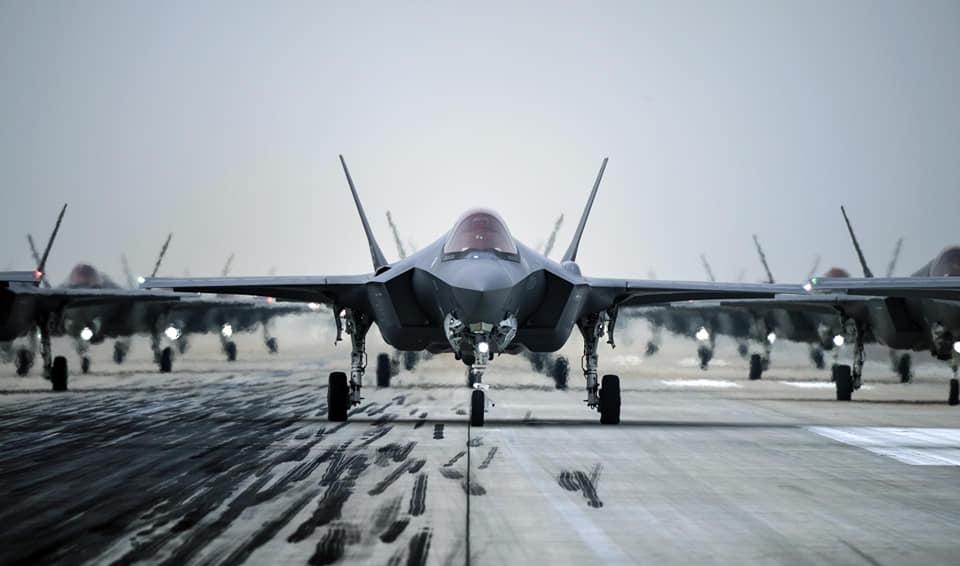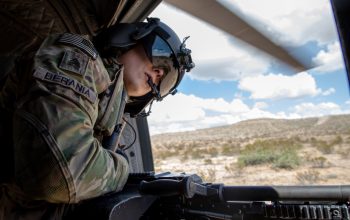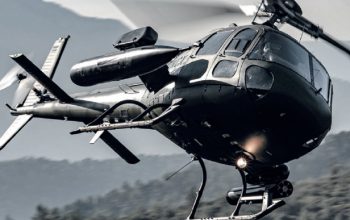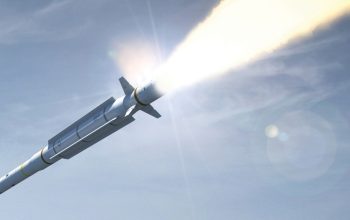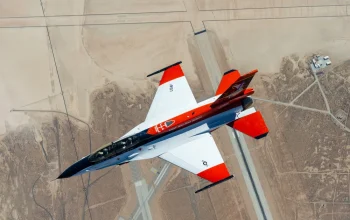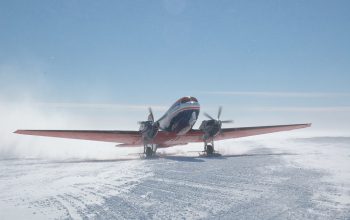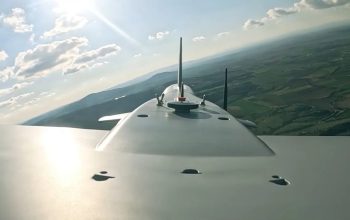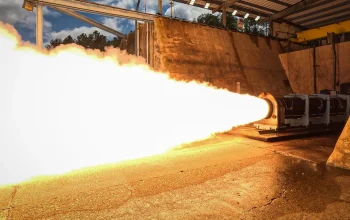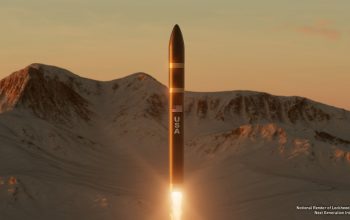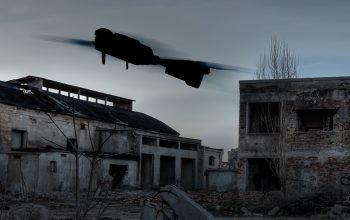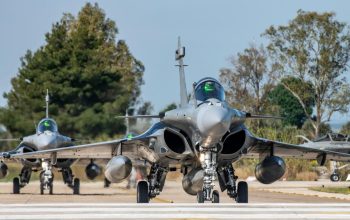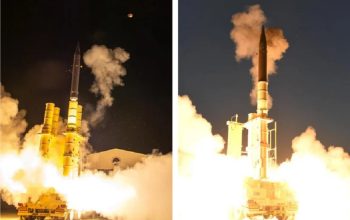South Korea conducted an Elephant Walk” training training involving Republic of Korea Air Force’s F-35A radar-evading fighters in a show of airpower Friday, a day after North Korea test-fired an intercontinental ballistic missile (ICBM). The training marked the first major mobilization of the stealth fighters after the Air Force completed the deployment of 40 F-35As in January. Defense Minister Suh Wook oversaw the “Elephant Walk” training and ordered troops to maintain “full” readiness based on the “invisible power” of the F-35As. Using the F-35A stealth fighters, we should maintain a full readiness posture to achieve an overwhelming strategic victory and deter North Korea’s additional actionsIt did not disclose the training site for security reasons.
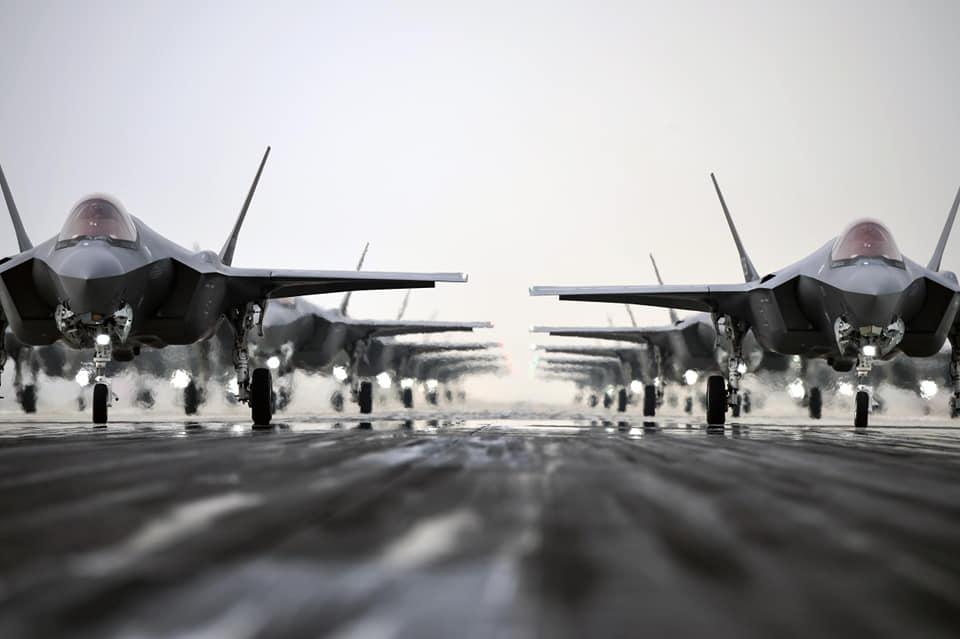
During the training, heavily-armed F-35A fighters taxied in a large formation along an airfield to check their operational readiness. The training is part of efforts to highlight the Republic of Korea Air Force’s deterrence capabilities after Pyongyang test-fired what it claims to be the Hwasong-17 ICBM on Thursday in its 12th known show of force this year. Soon after the missile launch, South Korea’s armed forces also conducted a joint live-fire exercise involving key missiles, like a Hyunmoo-2 ground-to-ground missile. The Hyunmoo-2A was the first of South Korea’s attempts to develop an newer indigenous ballistic missile with an increased range, over Hyunmoo-1. Due to an agreement in 2001 with the MTCR (Missile Technology Control Regime), the missile’s range was limited to 300 km.
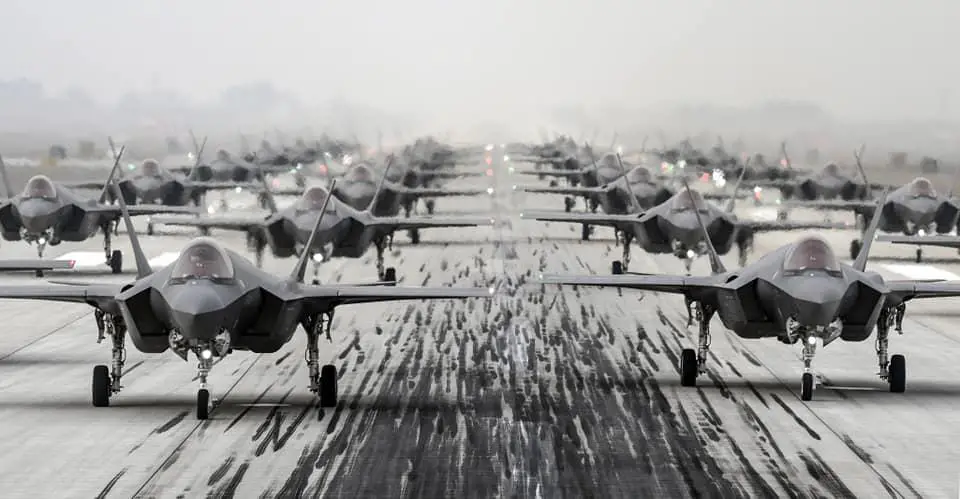
An elephant walk is a USAF term for the taxiing of military aircraft right before takeoff, when they are in close formation. Often, it takes place right before a minimum interval takeoff. The term elephant walk dates to World War II when large fleets of allied bombers would conduct attacks in missions containing 1,000 aircraft. Those who observed this said that the taxiing of these large numbers of aircraft to takeoff in single file in nose-to-tail formations said that they looked like elephants walking to the next watering hole. The benefits of an elephant walk include being able to show the capability of the units as well as teamwork. It is often performed to prepare squadrons for wartime operations and to prepare pilots for the launching of fully armed aircraft in one mass event.
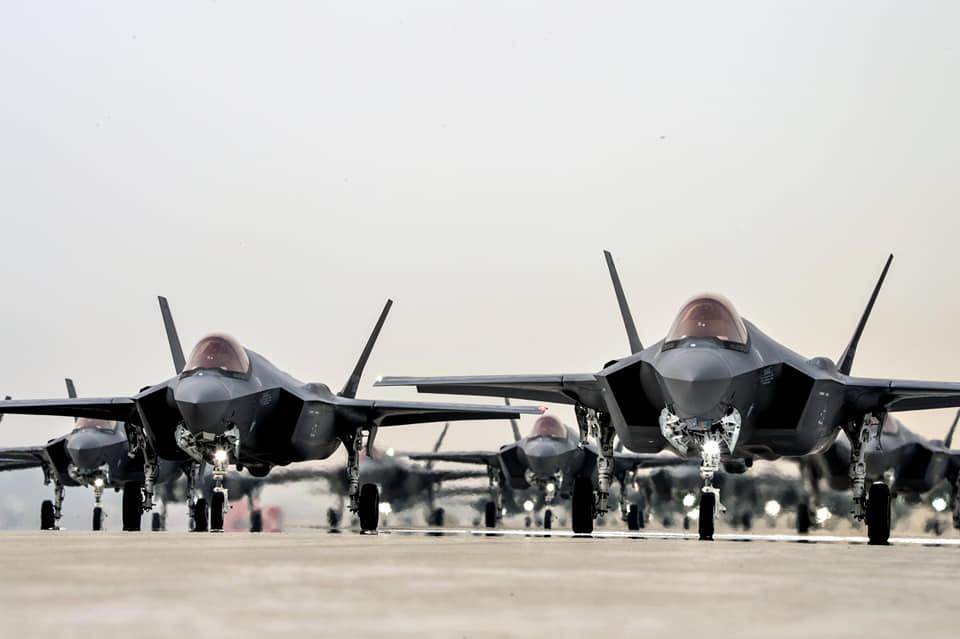
South Korea’s Air Force has completed the deployment of 40 F-35A radar-evading fighters, with four of them having arrived earlier this year. The deployment of the 40 jets was initially set to end by last year, but it was delayed due in large part to the COVID-19 pandemic. South Korea also has begun procedures to determine the number of vertical takeoff and landing (VTOL) jets, it is likely to be the F-35B. The Lockheed Martin F-35 Lightning II is an American family of single-seat, single-engine, all-weather stealth multirole combat aircraft that is intended to perform both air superiority and strike missions. It is also able to provide electronic warfare and intelligence, surveillance, and reconnaissance capabilities.


